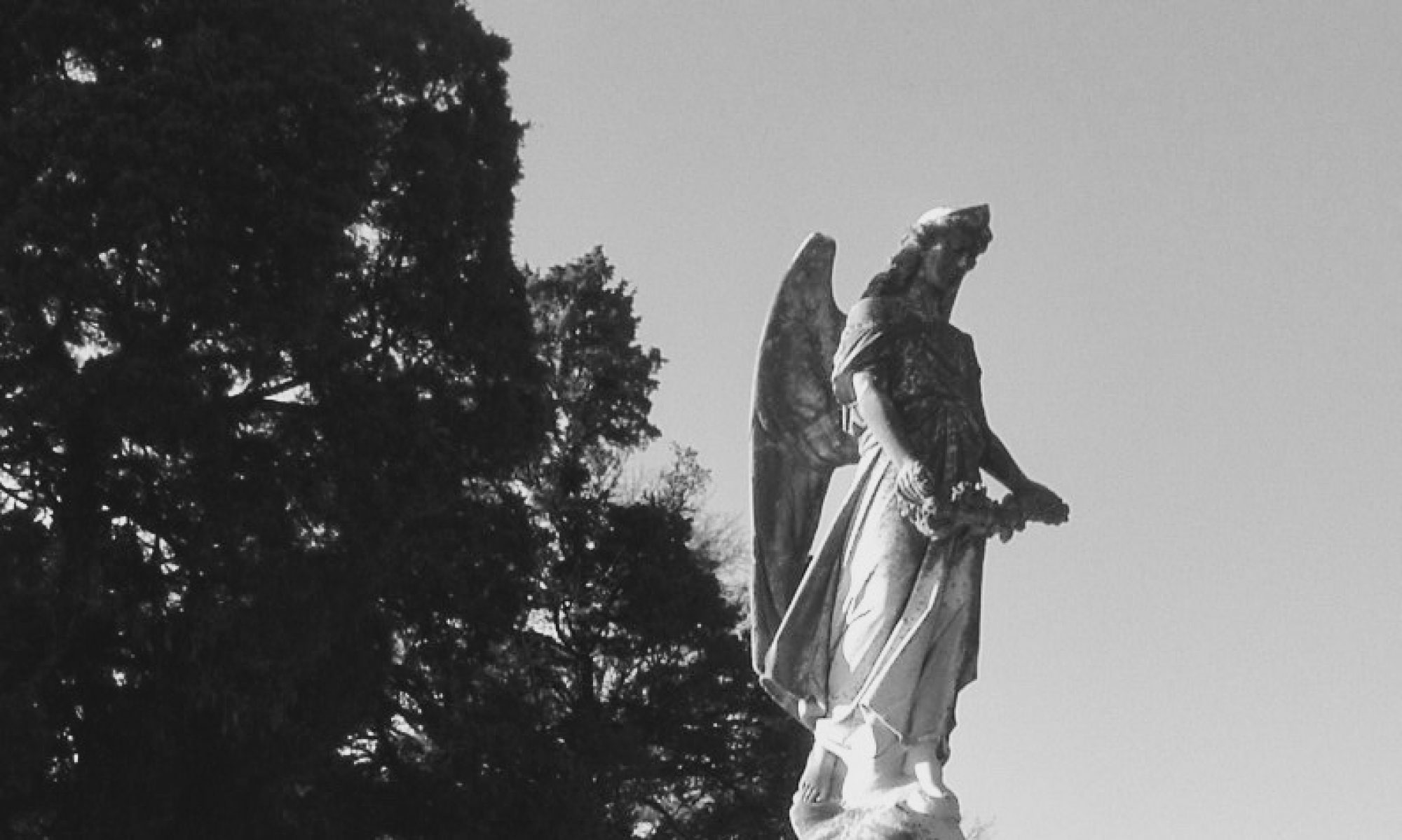Santos Bar
1135 Decatur Street
New Orleans, Louisiana
For years, women have encountered a man in the ladies’ room in this building. In the hedonistic atmosphere of New Orleans, this might not generally be cause for alarm, but when the man stares the women down, they often leave, and notify a staff member. Dutifully, the staff member will check the restroom, though they know the man is only one of the handful of spirits that inhabit this ancient structure. Known as the “Guy in the Bathroom,” the gentleman, wearing a tank top and Jams shorts, is just one of the lost souls remaining here.
Peeling back the layers of history in New Orleans can be a fascinating process. The land upon which Santos Bar is located once was a part of the Ursuline Convent that still stands on the opposite side of the block on Chartres Street. Ursuline sisters from the French city of Rouen arrived in New Orleans in 1727 to establish a hospital and provide education for girls. The sisters were granted a large parcel of land stretching from the river to Chartres Street. This property held an assemblage of structures, several of which were hospital buildings. With the many epidemics of cholera and yellow fever that swept the city in its early years, this site likely saw many deaths.
In the first decades of the 19th century, the convent was moved to a new facility in the Ninth Ward, and the main convent building converted to use as a residence for the bishop of New Orleans while many of the convent’s buildings were demolished to make way for homes and commercial buildings. A series of three-story brick buildings were built along Decatur Street from 1830-1831 called “Ursuline Row.” (see my Street Guide to the Phantoms of the French Quarter for more haunted places on Decatur Street) There does seem to be some contention as what buildings were constructed as part of Ursuline Row. Samuel Wilson’s 1959 A Guide to the Architecture of New Orleans includes all buildings in this block facing Decatur Street, though the Historic American Buildings Survey (HABS) only includes Nos. 1107-1133 in their collection; stopping short of including the building at No. 1135. Regardless of if the building was part of Ursuline Row, the current structure was likely built no earlier than the 19th century.

For decades the neighborhood around Ursuline Row was a working-class neighborhood inhabited by dock workers, laborers, and immigrants. In the 1930s, saloons and bars opened up along the street and hosted jazz bands. This address was occupied by the Popeye Beer Parlor, which remained open for almost a decade. This would be one of the first of many drinking establishments that would occupy this building.

Over the past few decades, this building has played host to a panoply of bars ranging from a lesbian bar, Rubyfruit Jungle, to a well-known underground goth bar, The Crystal, with many variations in between. As I write this, the building is a bar called Santos, run by the same owners of The Saint Bar & Lounge on St. Mary Street (which is also known to be haunted). While the clientele has changed over the years, spirits remain.
A 2009 article (this address was Rubyfruit Jungle when this article was written) on New Orleans bar ghosts notes, however, that the most well-known spirit on the premises was the Guy in the Bathroom. An earlier article, from 2004 when the building was occupied by The Whirling Dervish, looks at more spirits. At this time, the bar was owned by a businessman who also ran a French Quarter haunted history tour, which featured the bar as one of its stops. The article mentions the Guy in the Bathroom, and includes three more spirits, as well as vampires that are rumored to inhabit the shadows here.
One ghost is always seen upstairs and another hangs out where the old DJ booth used to be.
The third is seen outside the bar where he was supposedly murdered when the club was known as The Crystal.
A fourth ghost, the owner at the time of The Crystal was bludgeoned to death with a baseball bat in the upstairs room.
Now his ghost is said to lurk in the upper bar.
I have not been able to locate any information on murders here, though such tragedies in the building’s history are almost par for the course for New Orleans.
In a city where spirits are a hallmark for many establishments, Santos, it seems, is a perfect place to hear good music and sip with spirits.
Sources
- Fensterstock, Alison. “When ghosts attack.” Gambit Weekly. 9 August 2005.
- Heintzleman, Patricia. National Register of Historic Places Nomination Form for Ursuline Convent. 22 May 1975.
- New Orleans Jazz Commission. New Orleans Jazz History Walking Tours—Decatur Street, Vieux Carre. No Date.
- Sieffert, Allison. “Get the ghost a good drink.” The Maroon (Loyola University New Orleans). 23 January 2004.
- Wilson, Samuel Jr. A Guide to the Architecture of New Orleans 1699-1959. Louisiana Landmarks Society, 1959.
